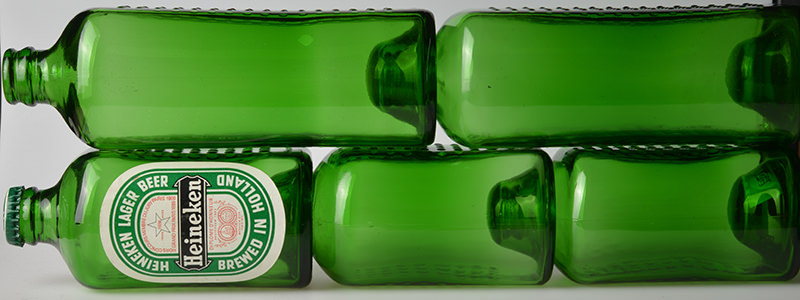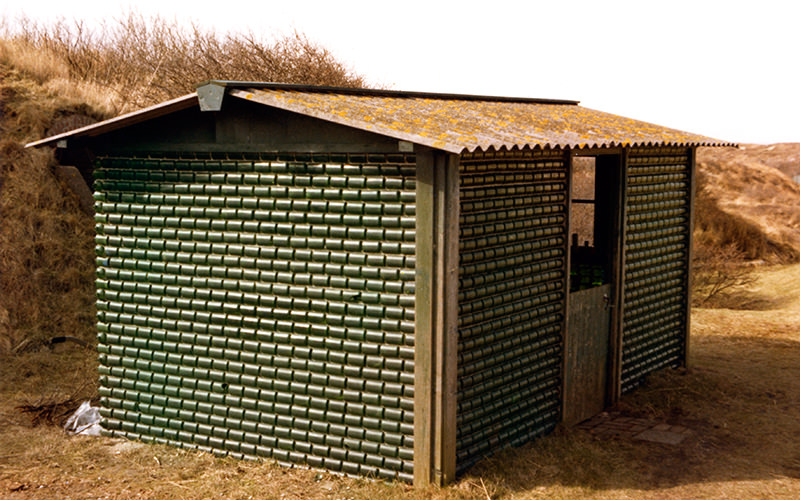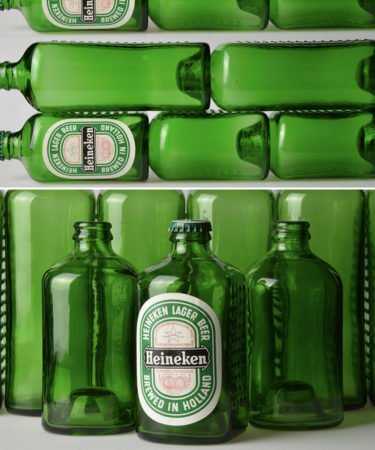
Being socially just has practically become a trend. That certainly isn’t a bad thing. After all, even if large corporations and brands are simply trying to capitalize on the marketing opportunity of being morally “good,” that doesn’t mean they’re not doing positive work. That being said, when some random company performs an act of charity or makes their products ecologically sustainable, no one says, “Wow! How unique of them!”
However, beer giant Heineken seems to have been ahead of the trend. Alfred Heineken, the grandson of Heineken’s founder Gerard Adriaan Heineken, made a stab at social justice back in 1960, when he took a trip to Curaçao, an island off the coast of Venezuela. He noticed something upsetting: empty bottles of Heineken strewn across the island. In Heineken’s home country of Holland, there was a bottle-return system that allowed the beer bottles to be reused as many as thirty times before being chucked. But Curaçao lacked that system, and frankly, something else: houses.

So Heineken did something kind of amazing: he developed beer bottles shaped like bricks, the idea being that the empty bottles could be transformed into affordable houses for the world’s poor. He collaborated with architect John Habraken to create the perfect shape so that the bottles couldn’t collapse onto each other. At first, Heineken presented a receptacle that resembled a “Chianti” bottle to his marketing team. Now, today, any beer marketing department would probably go ga-ga over such a suggestion, but what did the 1960s marketing department of Heineken dub the new invention?
“Effeminate.”
Too much so, apparently.
So Heineken went back to the drawing board and created another model. This redesign was a soft-edged rectangle, with a short neck and blisters on the side to better help keep the bottle together. It was called a WOBO. Not only were the bottles designed for reuse, the shipping material was created to be reworked as sheet roofing. The bottles had DIY instructions, and Heineken was pumped. He went ahead and filed patents, even building a prototype WOBO house in 1965.

Despite the redesign, the marketing department was still not having it. To them, Heineken was a luxury beer, and it was tasteless to have poor people making their houses out of it. So WOBO never took off. In a Rotterdam warehouse, 60,000 untouched bottles sat. It was enough to build a house, but no one cared.
Would Heineken’s idea take off today? Maybe, maybe not. Supplementary materials (like cement) would obviously be needed to make the houses, and who knows how sturdy they’d be? Would they withstand natural disasters? Probably not. However, we’re living in an age where several Fortune 500 companies rainbow-filtered their displayed logos on social media in support of the SCOTUS legalization on same-sex marriage. An age in which the CEO of Starbucks wants to start an epic race dialogue. As such, we doubt the marketing executives at Heineken would shun an idea that combines beer with social justice and sustainability. It’s a testament to how the first world ethos has shifted. People don’t want to just consume, they want to do so with purpose. Whether or not that intention always works out is a different story that calls for another round of beer.
